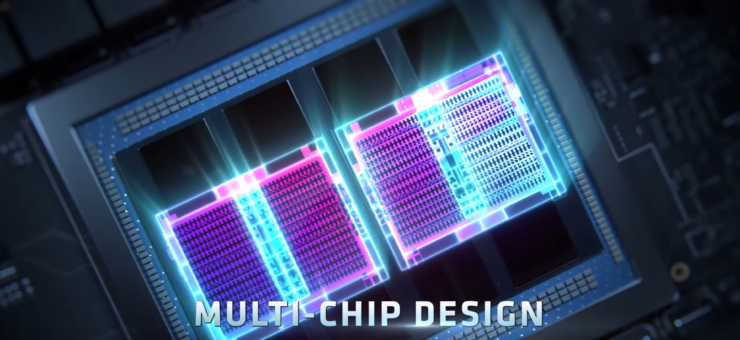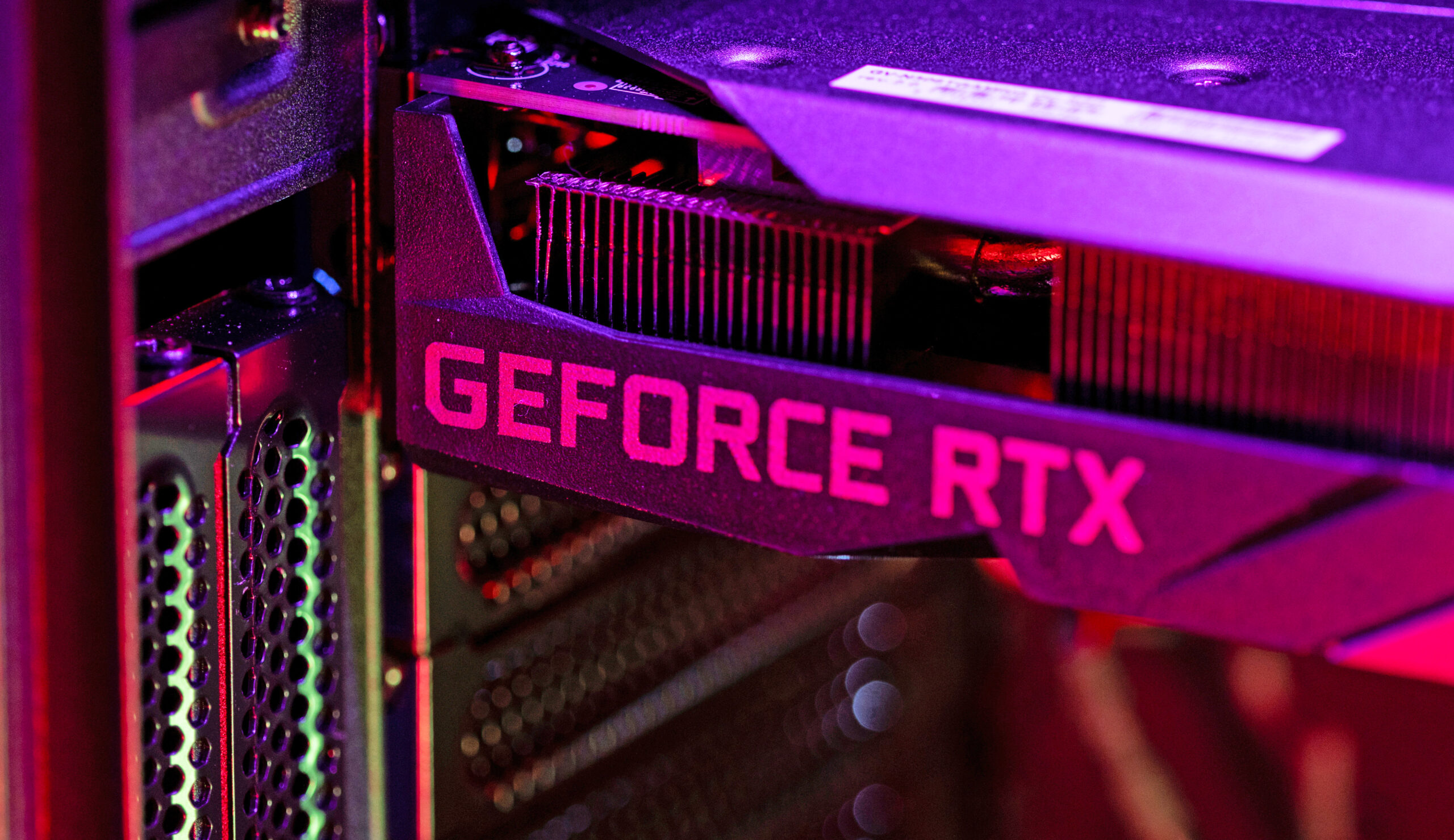
AMD’s next-generation RDNA GPUs are getting extra technically superior every iteration and MCM know-how is simply the beginning. In a patent published by AMD, the chip maker discusses the addition of a stacked accelerator die on board next-gen GPUs, as found by Coreteks.
AMD’s Subsequent-Gen RDNA GPUs Might Characteristic Stacked Accelerator Die On The Major GPU With Machine Studying Capabilities
AMD’s MCM answer for GPUs is already utilizing bleeding-edge know-how & there are additionally rumors of next-gen RDNA GPUs that includes 3D Infinity Cache know-how in a chiplet-based structure. The most recent rumor is that one other know-how is likely to be coming to next-gen RDNA GPUs and that’s APD or Accelerated Processor Die. Consider it as a die built-in inside the principle GPU (presumably a stack chiplet), designed to execute machine studying duties.
Within the two diagrams posted throughout the patents, it’s said that the APD die is each a reminiscence and machine studying accelerator die which incorporates reminiscence, machine studying accelerators, reminiscence interconnects, inter-die interconnects, and controllers. The reminiscence throughout the APD die can be utilized as each, a cache for the APD core die or could be utilized immediately by the operations carried out on the machine studying accelerators akin to Matrix Multiplication operations.
As soon as a request is made to execute a shader process on the APD core die, the unit directs a set of machine studying arithmetic logic models to carry out a set of machine studying duties by way of a number of inter-die interconnects. These specialised AI/ML cores may very well be AMD’s reply to NVIDIA’s Tensor cores which energy their DLSS suite on the gaming facet and likewise help on the HPC entrance for DNN & Machine Studying duties. Such specialised cores would be the predominant part of next-gen GPUs akin to RDNA 3 and past as firm’s faucet in additional efficiency by offloading sure duties to those GPU-assisting accelerators.
AMD Stacked Dies For Machine Studying Accelerators Patent Figures:
With that stated, patents akin to these do not come to fruition hastily. This one was printed on 2nd December and AMD is already rumored to have taped out its flagship RDNA 3 GPU. It may very well be completely potential that if APD finally ends up being a stacked chiplet, it may simply be built-in afterward when RDNA 3 is mass-produced, or in any other case, we might even see it find yourself with RDNA 4 or one thing completely else. It is positively one attention-grabbing know-how that we wish to see built-in on our gaming GPUs if its going to assist enhance efficiency.







